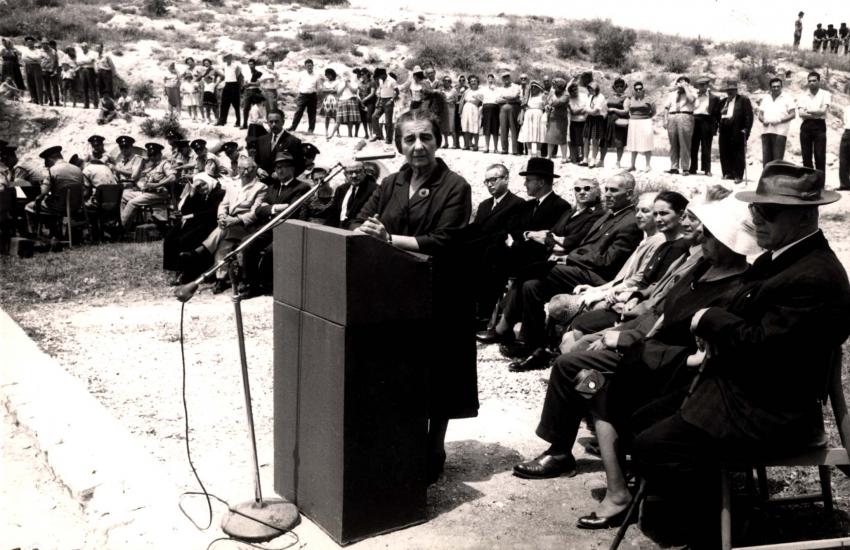

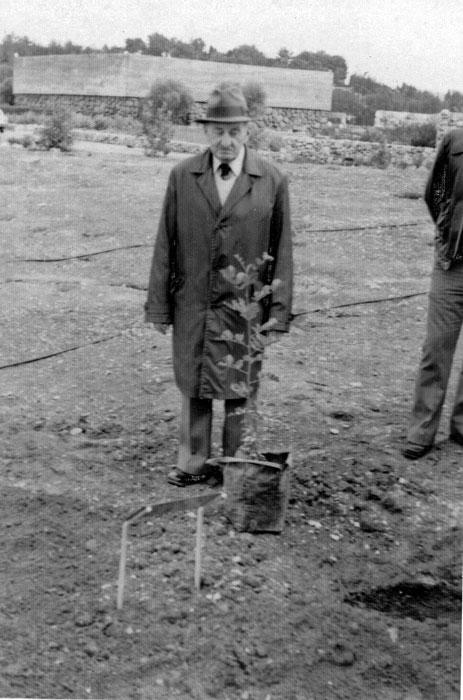

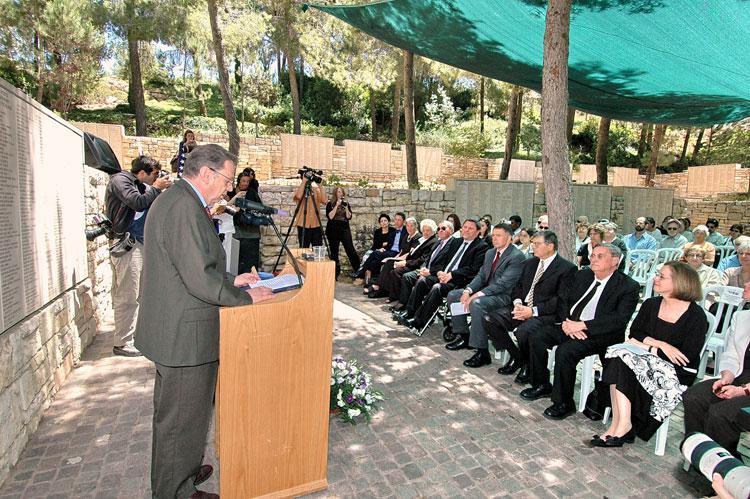

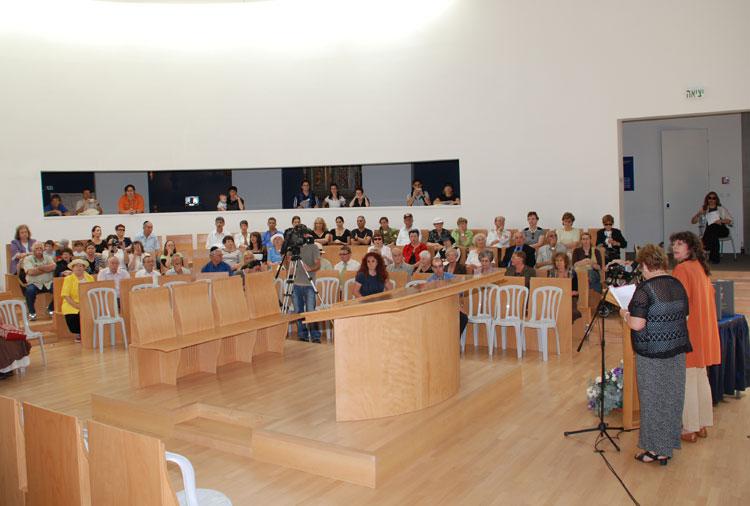

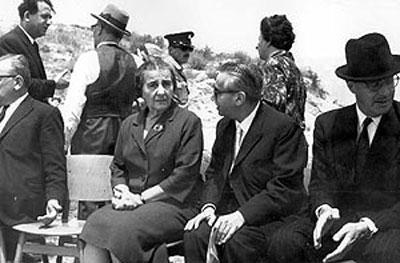

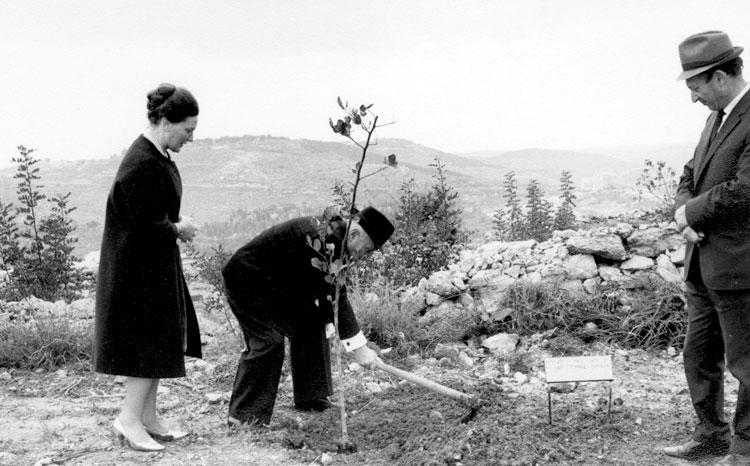

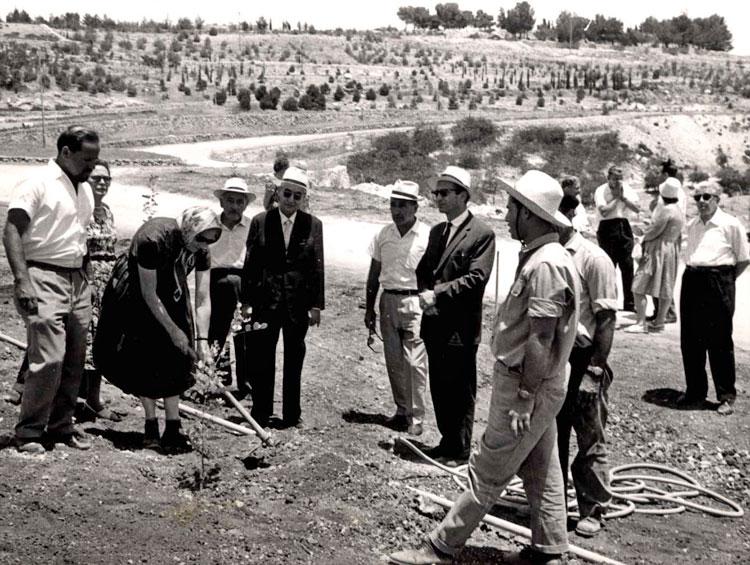

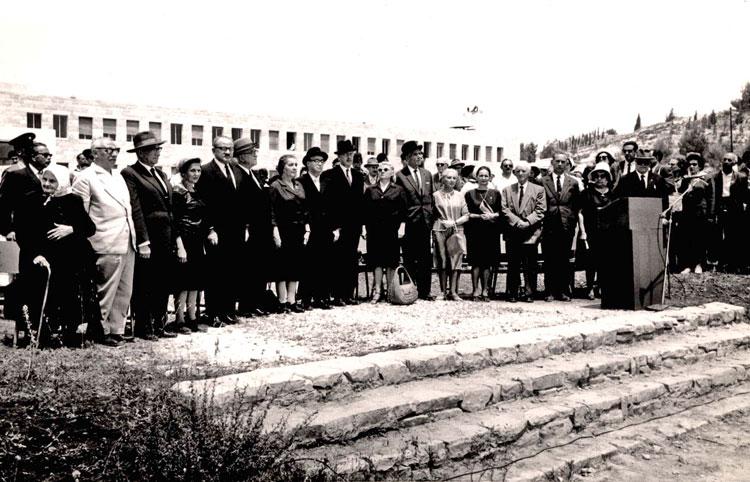

Sunday to Thursday: 09:00-17:00
Fridays and Holiday eves: 09:00-14:00
Yad Vashem is closed on Saturdays and all Jewish Holidays.
Entrance to the Holocaust History Museum is not permitted for children under the age of 10. Babies in strollers or carriers will not be permitted to enter.
















“I come to you with what is perhaps a strange request – to commemorate the name of a man who has been dead for many years, but I owe him a debt that I couldn’t repay after the war – for having saved my life and the lives of my family who were saved because of his help. Since I am nearing the end of my life, this weighs heavily on my conscience, and this is why I am turning to you...”
From a letter to the Department of the Righteous
The term “Righteous Among the Nations” (Chasidei Umot HaOlam) was taken from Jewish tradition – from the literature of the Sages – where it was used to describe non-Jews who came to the aid of the Jewish people in times of need, or non-Jews who respect the basic tenets set down in the Bible – including the prohibition of bloodshed. The Yad Vashem law took the existing term and added new meaning to it. The law went on to characterize the Righteous Among the Nations as those who not only saved Jews, but risked their lives in doing so. This was to become the basic criterion for awarding the title.
Parallel to the State of Israel's decision to honor the rescuers, there were also the Holocaust survivors who came forward and turned to Yad Vashem with the wish to express their gratitude to the people who had saved them. The Avenue of the Righteous, where trees were to be planted in honor of the rescuers, was inaugurated on Holocaust Memorial Day in the year 1962. An independent public commission chaired by a Justice of Israel's Supreme Court, was established in order to define the criteria and decide who would be awarded the title of Righteous Among the Nations. The Commission’s first meeting was held on 1 February 1963. The Commission’s chairman, Justice Moshe Landau, spoke of the importance of the mission and the need to approach the task with awe. The discussion then went on to grapple with the regulations and procedures, the definition of the criteria – including the evaluation of the element of risk and the rescuers’ motivations – the role that should be accorded to the Righteous in Yad Vashem’s work, and the forms of commemoration. Many of these issues continue to challenge Yad Vashem until this very day.

Thank you for registering to receive information from Yad Vashem.
You will receive periodic updates regarding recent events, publications and new initiatives.
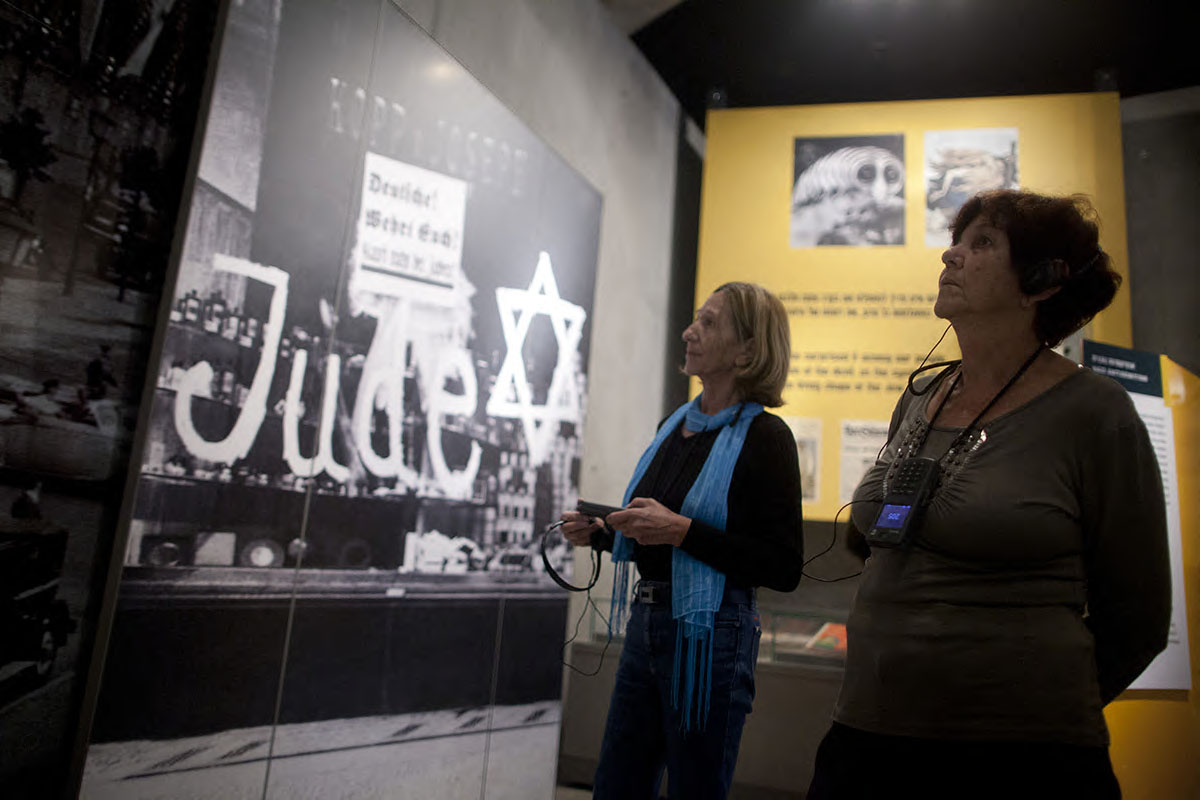
"The work of Yad Vashem is critical and necessary to remind the world of the consequences of hate"
Paul Daly
#GivingTuesday
Donate to Educate Against Hate


Worldwide antisemitism is on the rise.
At Yad Vashem, we strive to make the world a better place by combating antisemitism through teacher training, international lectures and workshops and online courses.
We need you to partner with us in this vital mission to #EducateAgainstHate
The good news:
The Yad Vashem website had recently undergone a major upgrade!
The less good news:
The page you are looking for has apparently been moved.
We are therefore redirecting you to what we hope will be a useful landing page.
For any questions/clarifications/problems, please contact: webmaster@yadvashem.org.il
Press the X button to continue



